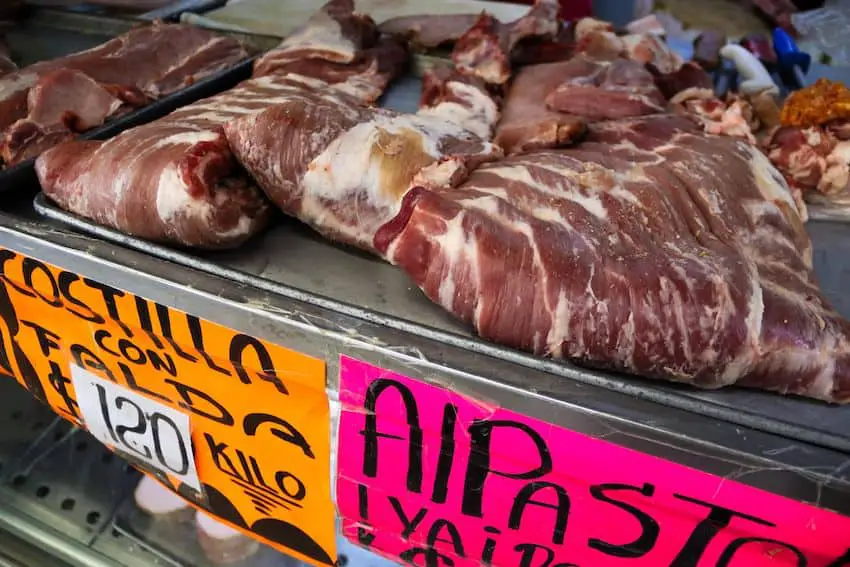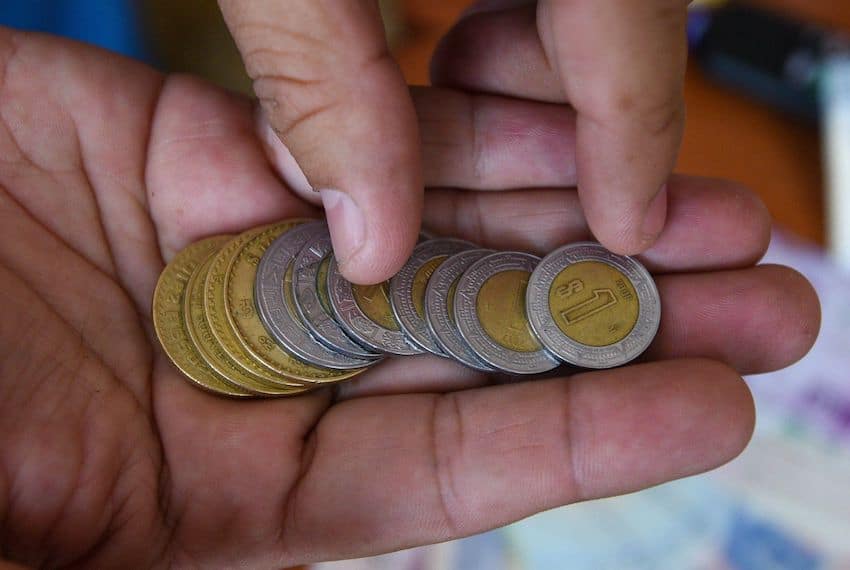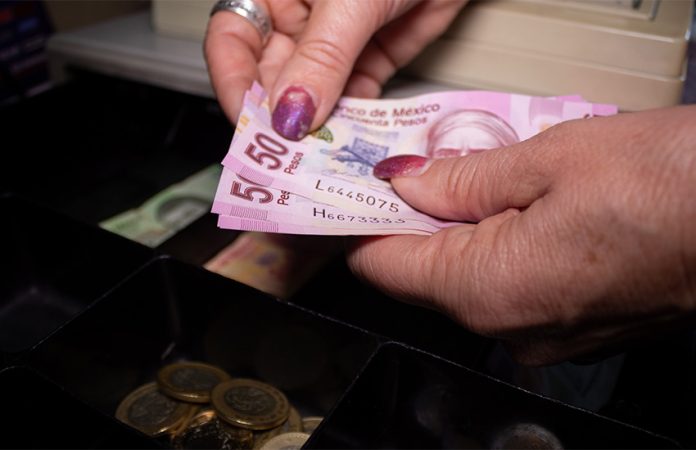Annual headline inflation in Mexico increased for a third consecutive month in May to reach its highest level since January.
The national statistics agency INEGI reported Friday that the annual headline rate was 4.69% last month, up from 4.65% in April.

Significantly higher prices for fruit and vegetables exerted considerable pressure on inflation, while the increase in the cost of services also contributed to the annual rise.
The headline rate last month is the highest since a 4.88% reading in January, but came in below the forecasts of most analysts. The census forecast of analysts surveyed by Citibanamex was a headline rate of 4.82% in May.
INEGI data also showed that the closely watched annual core inflation rate, which excludes volatile food and energy prices, declined for a 16th consecutive month to reach 4.21%, down from 4.37% in April. The core rate was also lower than expected.
The publication of the inflation data for May comes three weeks before the next monetary policy meeting of the Bank of Mexico (Banxico). The central bank targets 3% inflation with a tolerance of 1 percentage point in either direction.
While inflation remains above Banxico’s target, Citibanamex’s June Expectations Survey predicted a 25-basis-point cut to the central bank’s official interest rate after the June 27 monetary policy meeting. That survey was conducted when analysts expected Mexico’s headline inflation to be higher in May than the rate reported by INEGI on Friday.
Gabriela Siller, director of economic analysis at the Mexican bank Banco Base, said on Friday that the Bank of Mexico “will now have to deal with the [post-election] depreciation of the peso, which threatens to put upward pressure on inflation.”

High fruit and vegetable prices persist
INEGI data shows that fruit and vegetables were 18.55% more expensive in May than the same month last year. The annual inflation rate declined slightly from 18.57% last month.
Widespread drought in Mexico has had an impact on fruit and vegetable prices.
Compared to April, serrano peppers were 22.5% more expensive in May, while the price of poblano chilis rose 22%. Prices for tomatoes and oranges increased more than 11% on a month-over-month basis, while avocados were 9.1% more expensive.
Separate data showed that cilantro prices quadrupled between early May and early June.
“Does anyone want to think about the taco vendors?” asked a headline in the newspaper El Financiero.
In better news for the nation’s taqueros, INEGI data shows that prices for onions and limes — other common garnishes for tacos — declined by 25% and 7%, respectively, in May compared to the previous month.
Other inflation data in detail
- Prices for agricultural products — fruit and vegetables and meat — increased 8.44% in May on a year-over-year basis. The increase was tempered by an annual inflation rate of just 0.71% for meat.
- Services were 5.22% more expensive than a year earlier. Within that category, housing costs increased 3.81%, school fees rose 6.34% and “other services” were 6.14% more expensive.
- Processed food, beverages and tobacco were 4.49% more expensive than in May 2023.
- The cost of non-food goods rose 2.05% on an annual basis.
- Energy prices, including those for gasoline and electricity, increased 4.2% annually, but declined 3% compared to April as lower “hot season” electricity rates took effect in 11 cities including Mexicali, Culiacán, Hermosillo, Chihuahua and La Paz.
With reports from El Economista and El Financiero
